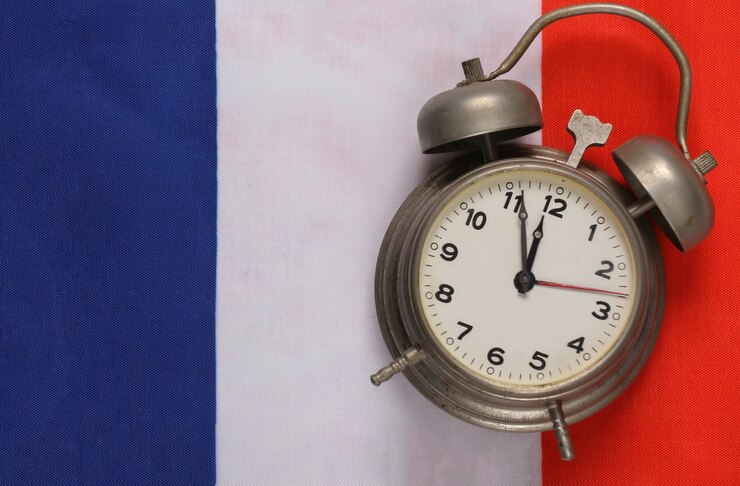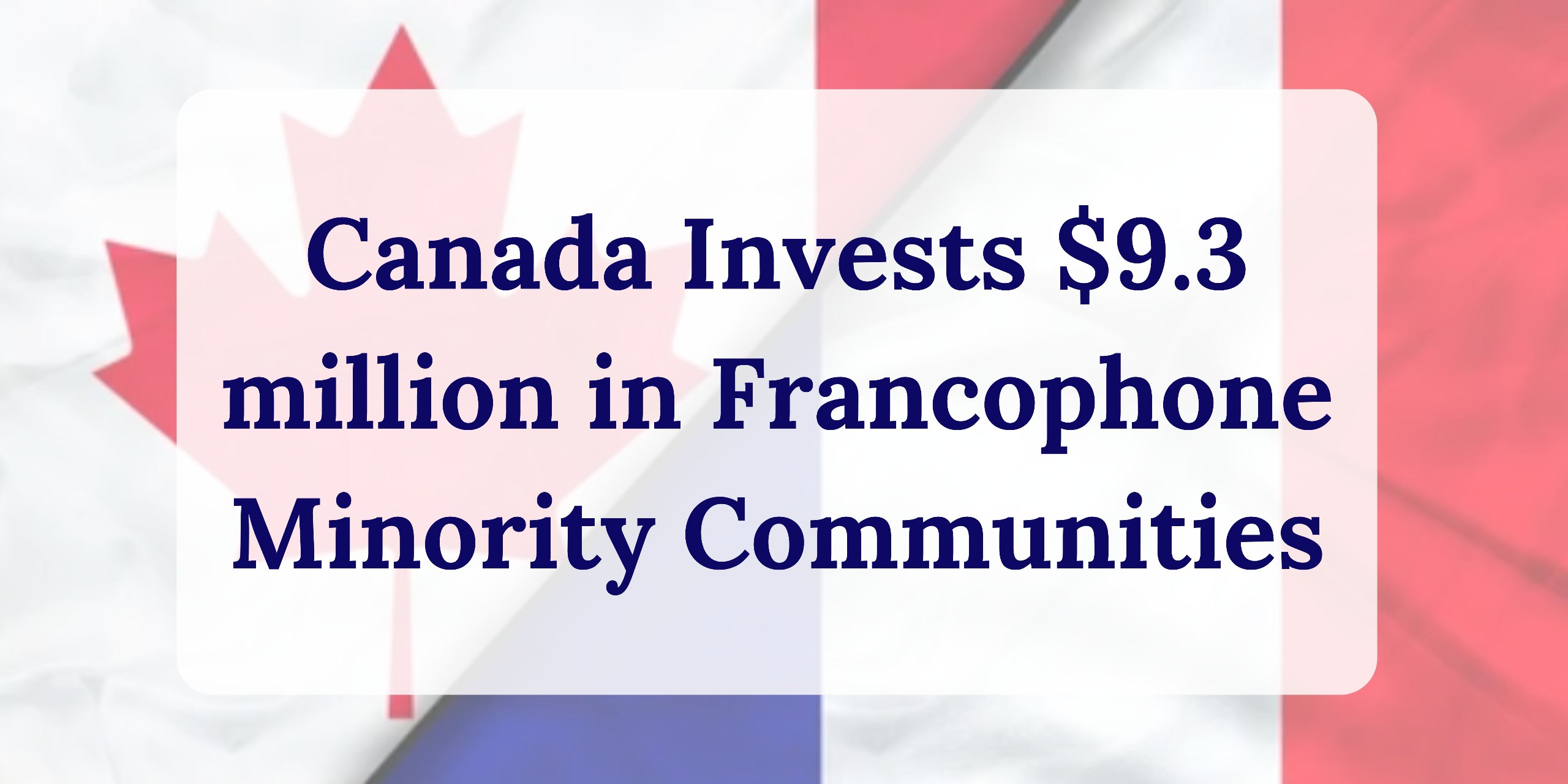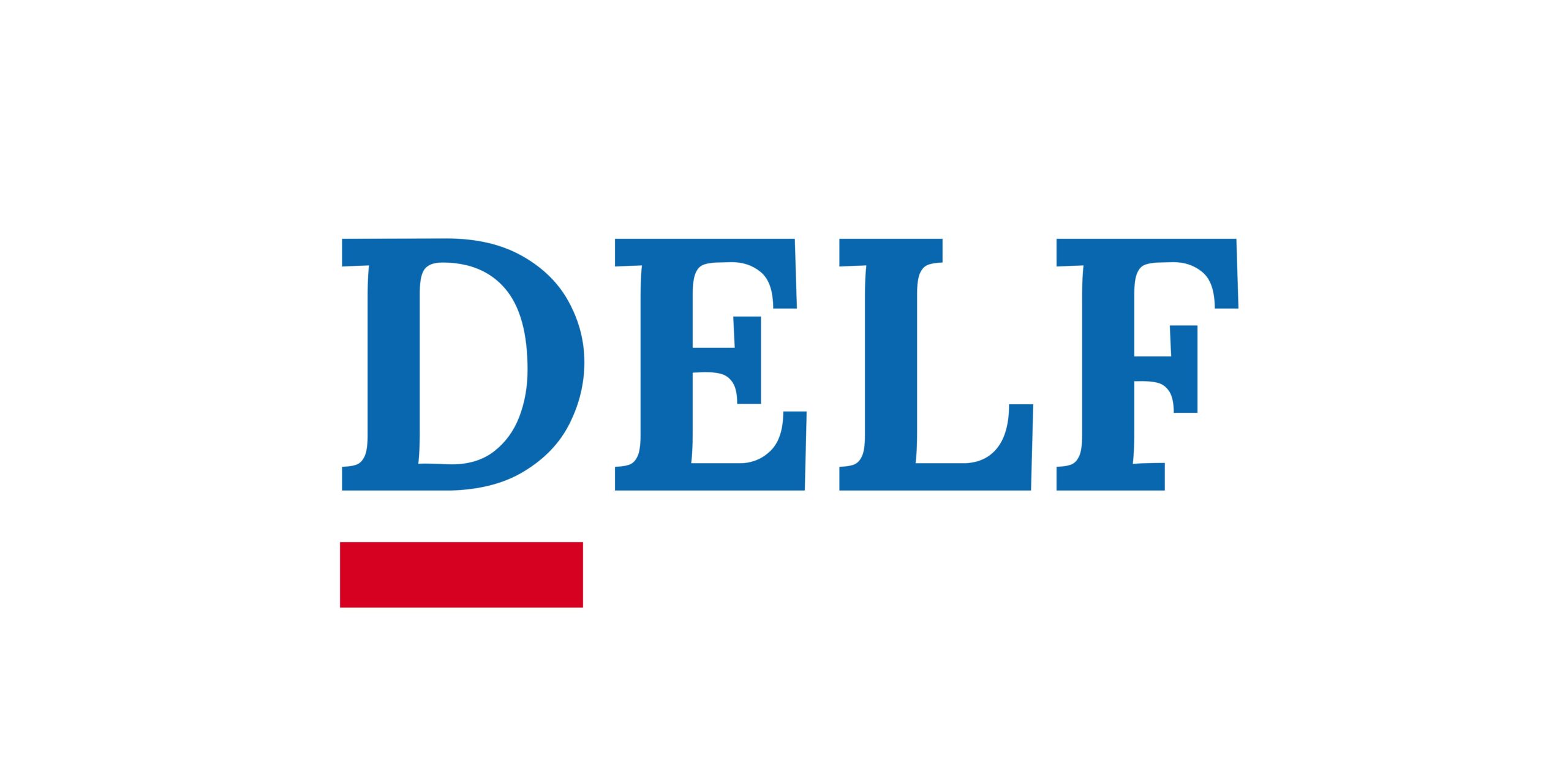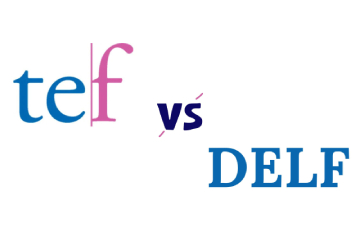
Learning French tenses can feel overwhelming, but once you understand the basics, it becomes much easier. Tenses are used to indicate when an action is happening—whether it’s in the past, present, or future. In French, there are several tenses, and each one is used in specific situations. Here’s a breakdown of the main tenses in French with examples to help you get started.
1. Le Présent (Present Tense)
The present tense in French is used to describe actions that are happening right now, habitual actions, or general truths. It is similar to the simple present tense in English.
Formation:
Regular verbs are divided into three groups based on their infinitive endings: -er, -ir, and -re. To form the present tense, you remove the infinitive ending and add the appropriate endings for each group.
| Verbs | Example |
|---|---|
| For -er (e.g., manger – to eat) | Je mange (I eat / I am eating) Tu manges (You eat / You are eating) Il/Elle mange (He/She eats / He/She is eating) Nous mangeons (We eat / We are eating) Vous mangez (You eat / You are eating) Ils/Elles mangent (They eat / They are eating) |
| For -ir (e.g., finir – to finish) | Je finis (I finish / I am finishing) Tu finis (You finish / You are finishing) Il/Elle finit (He/She finishes / He/She is finishing) Nous finissons (We finish / We are finishing) Vous finissez (You finish / You are finishing) Ils/Elles finissent (They finish / They are finishing) |
| For -re (e.g., vendre – to sell) | Je vends (I sell / I am selling) Tu vends (You sell / You are selling) Il/Elle vend (He/She sells / He/She is selling) Nous vendons (We sell / We are selling) Vous vendez (You sell / You are selling) Ils/Elles vendent (They sell / They are selling) |
Irregular Verbs: Some verbs are irregular and do not follow the regular conjugation patterns (e.g., être, avoir, faire).
2. Le Passé Composé (Compound Past Tense)
The passé composé is used to describe actions that were completed in the past. It is equivalent to the simple past tense in English or the present perfect.
Formation:
The passé composé is formed with two parts: an auxiliary verb (either avoir or être) and the past participle of the main verb.
Example with avoir (most common):
• J’ai mangé (I ate / I have eaten)
• Tu as parlé (You spoke / You have spoken)
Example with être (used for certain verbs, often involving motion or reflexive verbs):
• Je suis allé(e) (I went)
• Elle est partie (She left)
Past participles:
• For regular verbs: -é (for -er verbs), -i (for -ir verbs), -u (for -re verbs).
• Irregular verbs often have unique past participles, e.g., être → été, faire → fait, voir → vu.
3. L’Imparfait (Imperfect Tense)
The imparfait is used to describe ongoing or habitual actions in the past, or to set the scene in storytelling.
Formation:
The imparfait is formed by taking the nous form of the present tense, removing the -ons, and adding the following endings:
• Je –ais
• Tu –ais
• Il/Elle –ait
• Nous –ions
• Vous –iez
• Ils/Elles –aient
Example:
• Je mangeais (I was eating / I used to eat)
• Nous parlions (We were talking / We used to talk)
The imparfait is often used for descriptions, background actions, or actions that were happening at the same time as another.
Not sure where to start? Check your current level of French with a free test from eTalk School! Take the test now to find out your strengths and areas for improvement.
4. Le Futur Simple (Simple Future Tense)
The futur simple describes actions that will happen in the future.
Formation:
For regular verbs, the futur simple is formed by adding the future endings to the infinitive of the verb:
• Je –ai
• Tu –as
• Il/Elle –a
• Nous –ons
• Vous –ez
• Ils/Elles –ont
For example:
• Je parlerai (I will speak)
• Ils finiront (They will finish)
Irregular Verbs: Some verbs have irregular stems in the future tense, such as être (ser-), avoir (aur-), faire (fer-), etc.
5. Le Conditionnel Présent (Present Conditional)
The conditionnel présent is used to express hypothetical actions or situations that depend on certain conditions.
Formation:
The formation of the conditionnel is similar to the futur simple, but it uses the stem from the future tense and adds the imparfait endings:
• Je -ais
• Tu -ais
• Il/Elle –ait
• Nous –ions
• Vous -iez
• Ils/Elles -aient
For example:
• Je parlerais (I would speak)
• Ils finiraient (They would finish)
6. Le Plus-que-Parfait (Pluperfect Tense)
The plus-que-parfait is used to describe actions that had already been completed before another past action. It’s similar to the past perfect in English.
Formation:
The plus-que-parfait is formed with the imperfect tense of the auxiliary verb (either être or avoir) and the past participle of the main verb.
For example:
• J’avais mangé (I had eaten)
• Elle était partie (She had left)
7. Le Futur Antérieur (Future Perfect)
The futur antérieur is used to describe an action that will be completed before another future action.
Formation:
The futur antérieur is formed with the future tense of the auxiliary verb (either être or avoir) and the past participle of the main verb.
For example:
• J’aurai mangé (I will have eaten)
• Ils seront partis (They will have left)
8. Le Subjonctif Présent (Present Subjunctive)
The subjunctive mood is used to express doubt, desire, or emotion about an action. It is often used after expressions like “Il faut que” (It’s necessary that), “Bien que” (Although), and “Pour que” (So that).
Formation:
The present subjunctive is formed by taking the ils/elles form of the present tense, removing the -ent, and adding the following endings:
• Je –e
• Tu –es
• Il/Elle –e
• Nous –ions
• Vous -iez
• Ils/Elles –ent
For example:
• Il faut que je parle (It’s necessary that I speak)
• Bien qu’il fasse froid (Although it’s cold)
9. Le Conditionnel Passé (Past Conditional)
The conditionnel passé is used to describe actions that would have happened in the past under certain conditions.
Formation:
The conditionnel passé is formed with the auxiliary verb avoir or être in the conditionnel présent and the past participle of the main verb.
For example:
• J’aurais mangé (I would have eaten)
• Elle serait partie (She would have left)
10. Le Passé Simple (Simple Past)
The passé simple is primarily used in written French, particularly in literature and formal texts, to describe actions completed in the past. It is rarely used in spoken French.
Formation:
The passé simple uses specific endings for regular verbs and irregular verbs. It is typically learned through reading and practice.
For example:
• Je mangeai (I ate)
• Elle parla (She spoke)
Mastering French tenses is easier with the right support. At eTalk, our expert teachers make learning practical and fun, helping you build confidence in both spoken and written French.
Whether it’s the present, past, or future tense, we’ll guide you every step of the way with personalized lessons and real-life practice.











